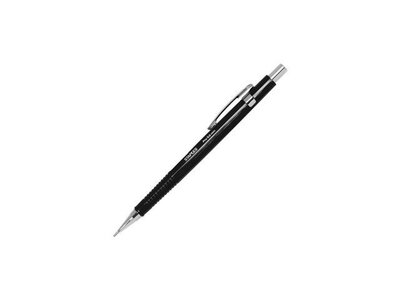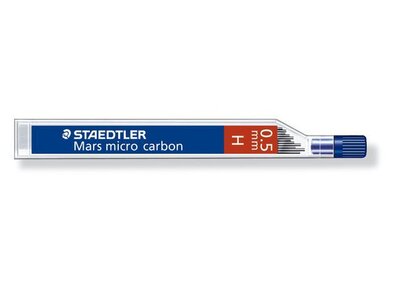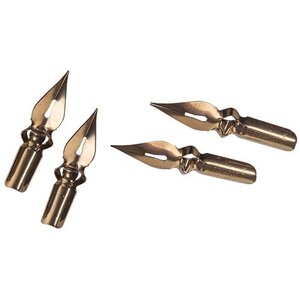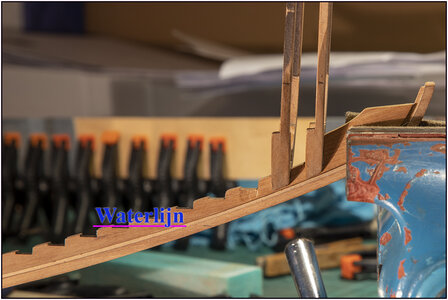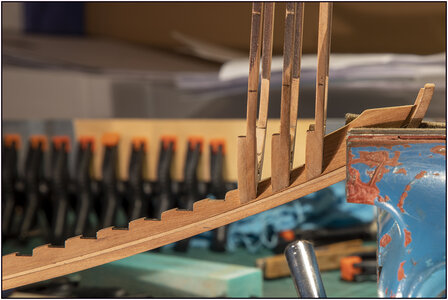I think I found my work-around. First applied to frame 2.
With small steps with a small pliers, squeeze the wood under the notch for the frame. Just as long as I could slide the frame over it with a little resistance.
With the result: the underside of the frame comes closer to the rabbet.
Placed frame 2. With the pressed wood for frame 3:
View attachment 214419
To be a sure the frames were perpendicular on the keel, I took over the waterline on the front and back of the keel from the large 1-on-1 drawing.
With the front in the vise, both lines of the keel raised to the same height to level it.
With frame 3 in place:
View attachment 214420
And you see nothing of the pressed wood. For now, I'm happy with it.

When the frames are finally in place, I will try with a trial piece of hull plank whether the remaining strip of keel can be bridged. Otherwise, I'm really going to make a little bevel. But before I have arrived at that station, other builders have showed there results and I can see what it will be

For now I no longer have to widened the cutout to get the frames placed, resulting in the retraction of the noses.
Regards, Peter



